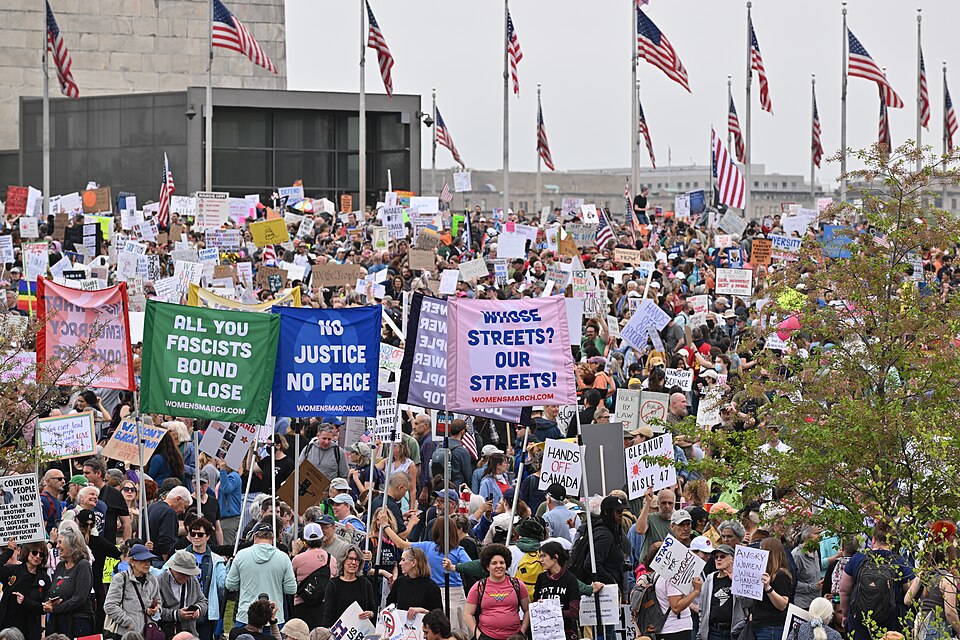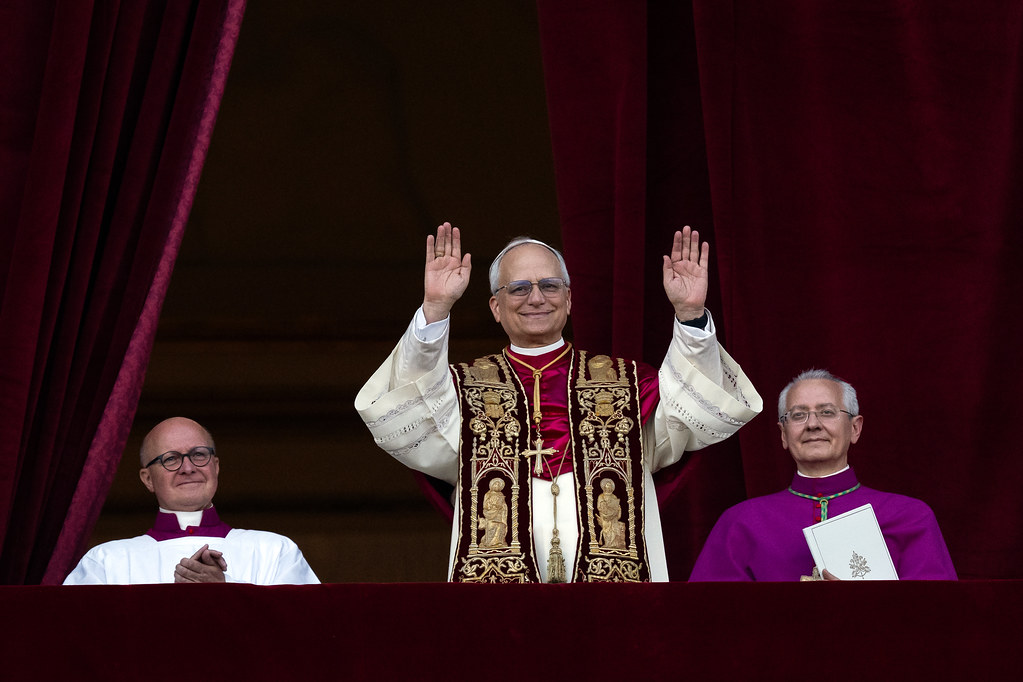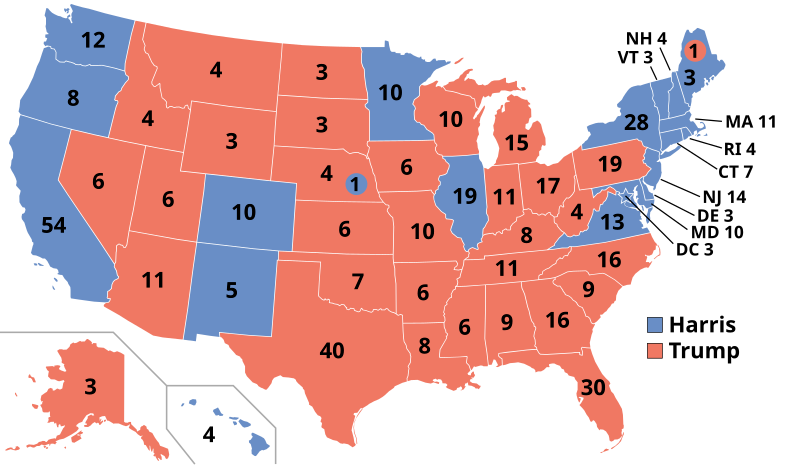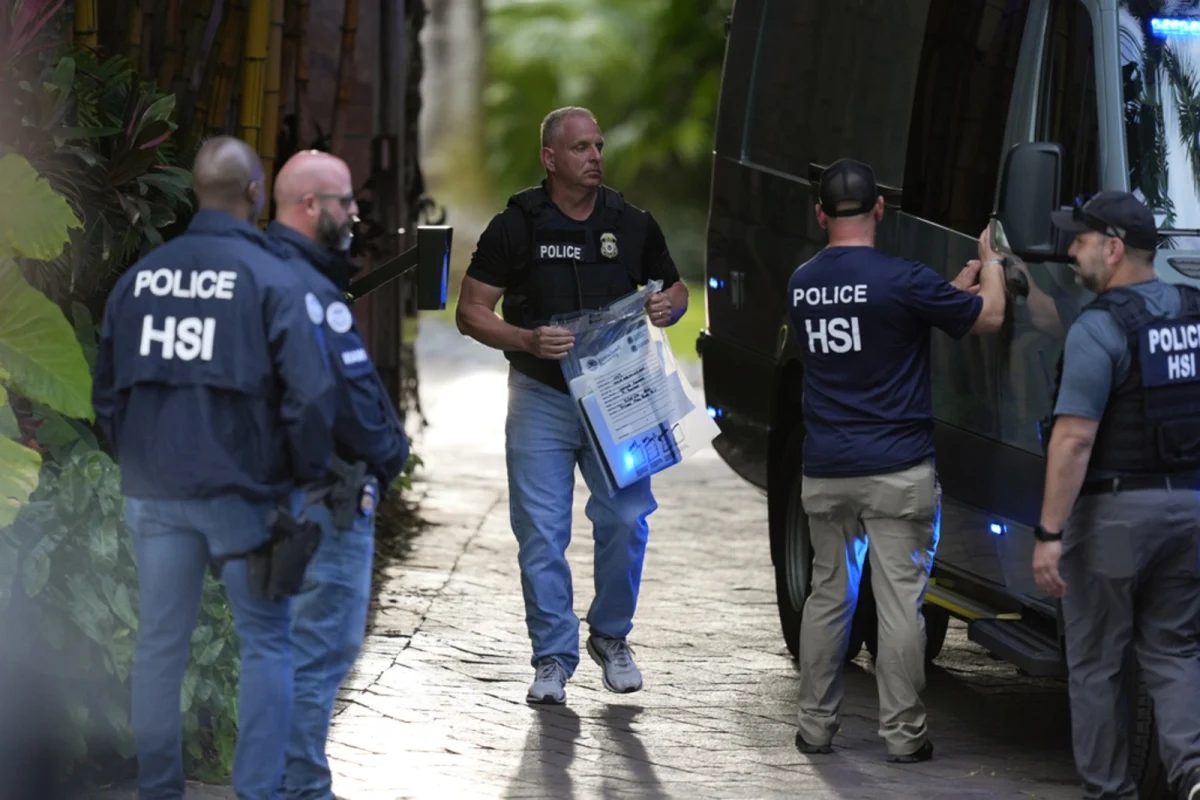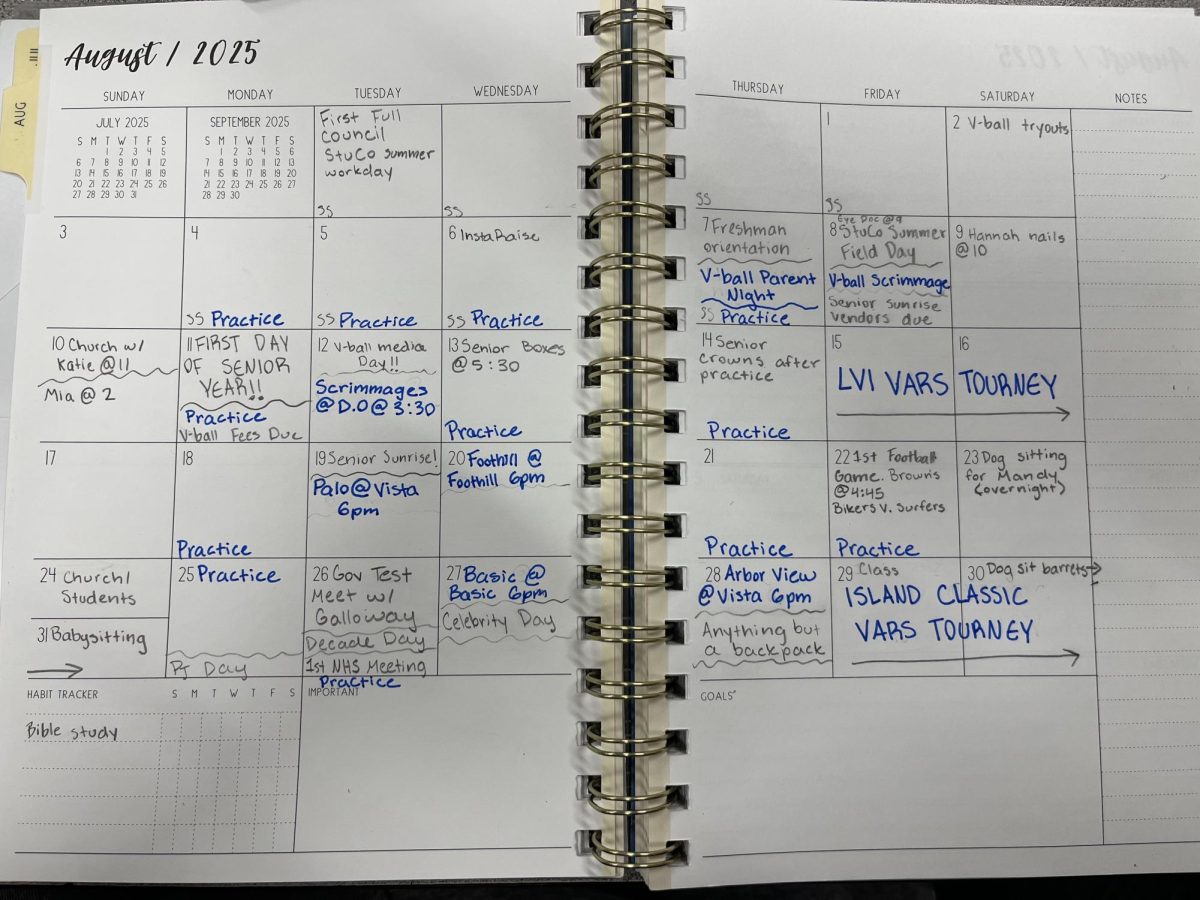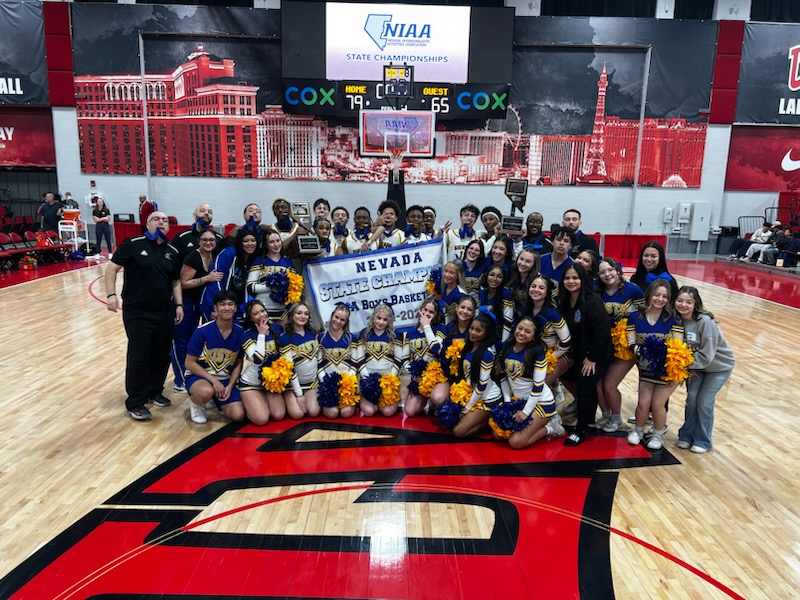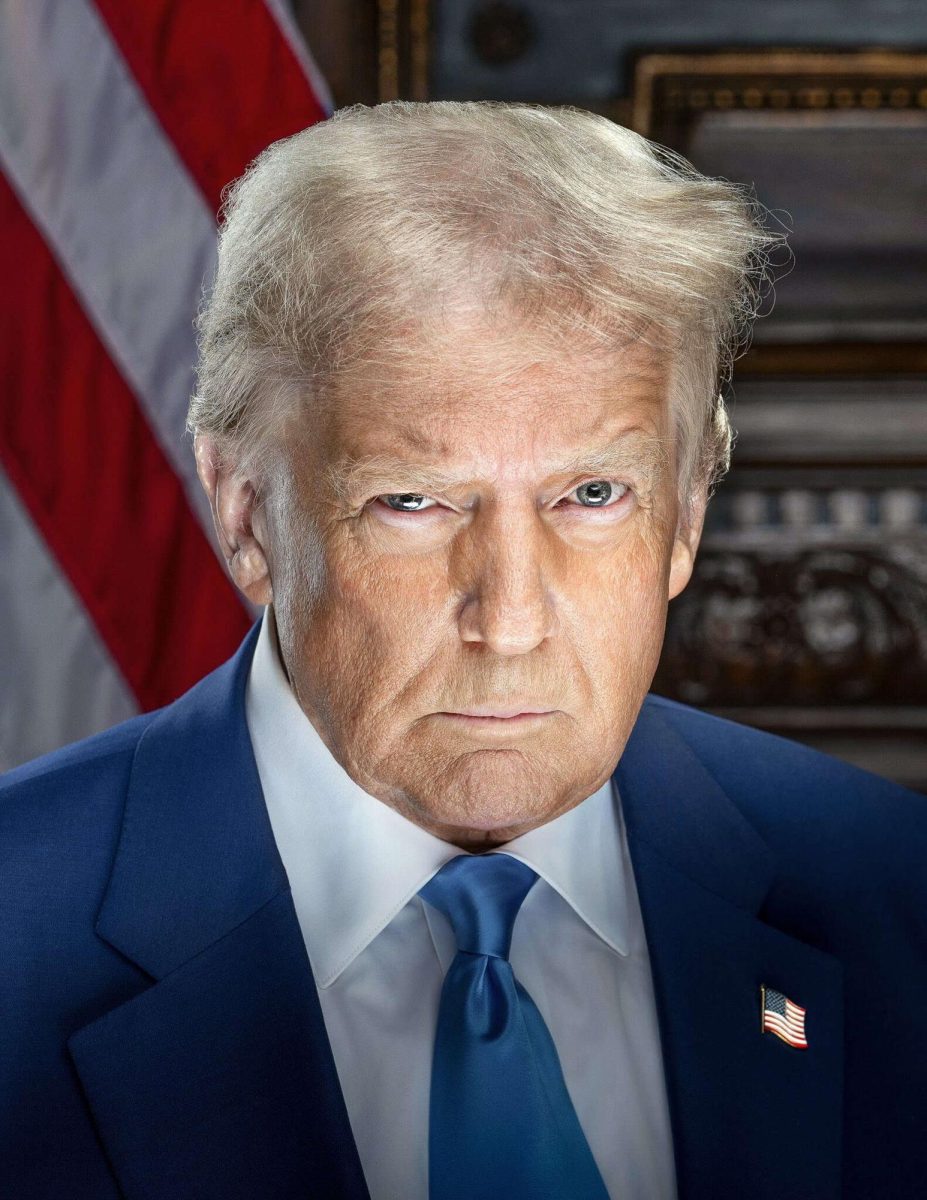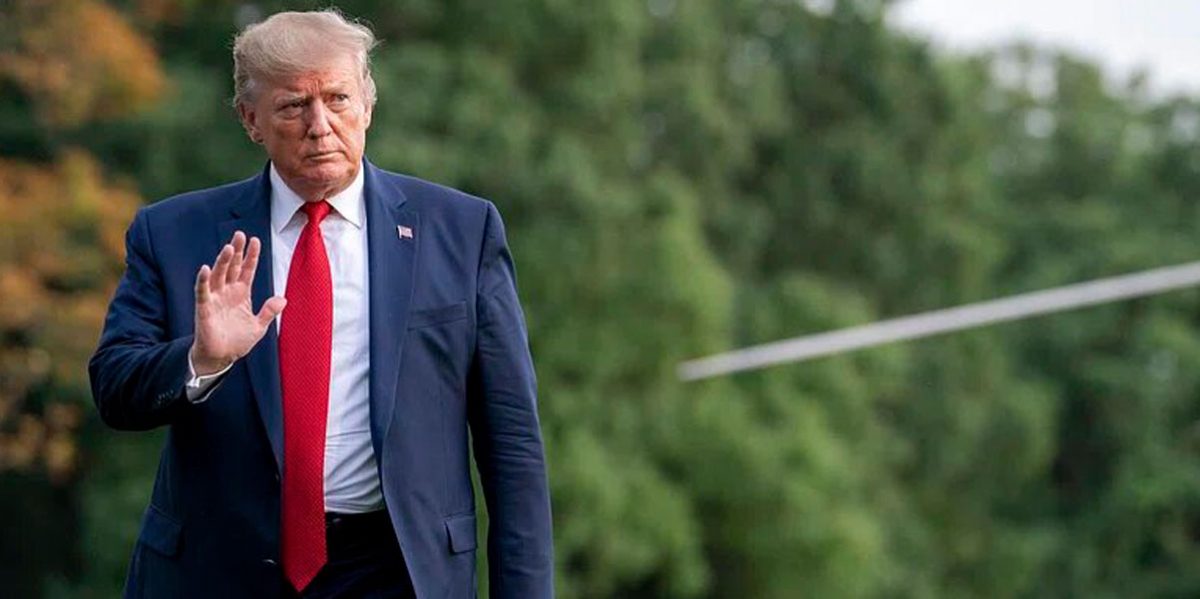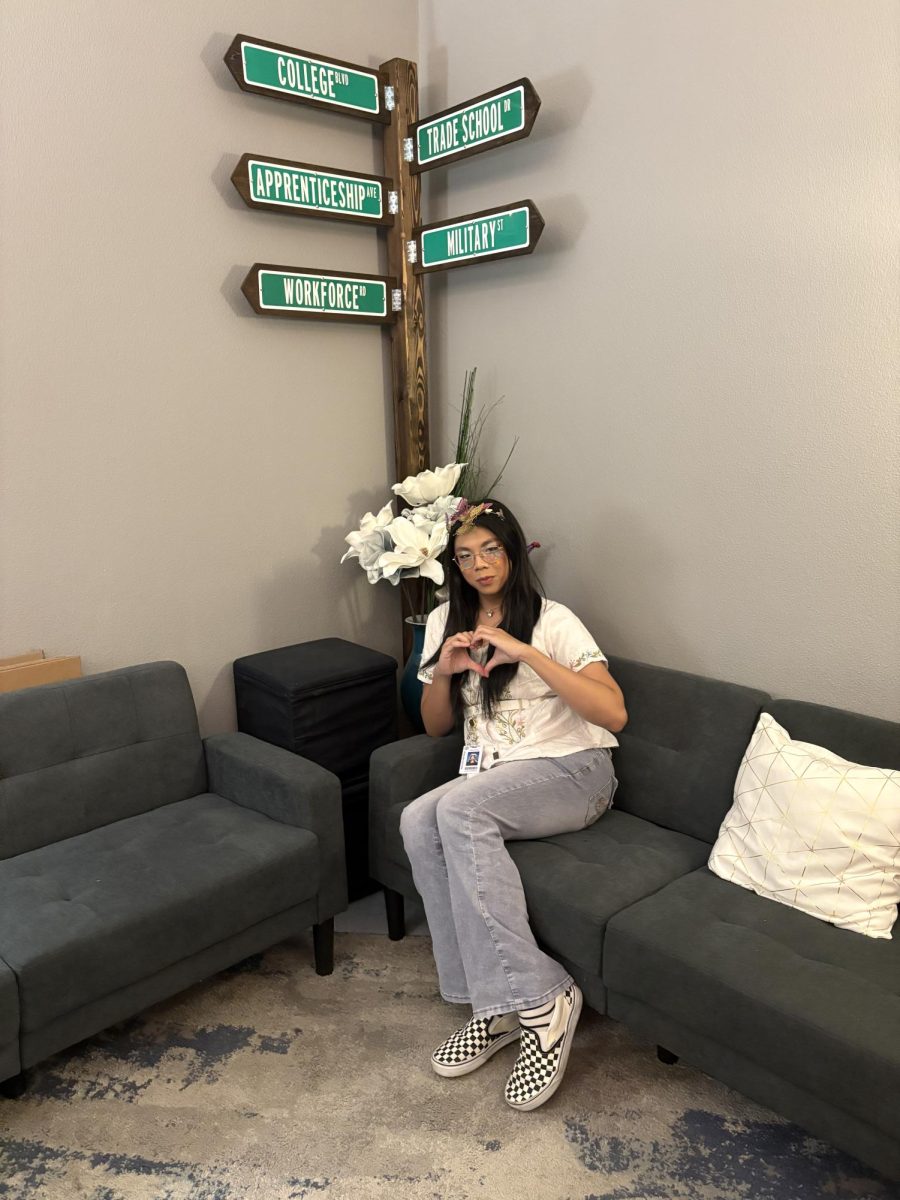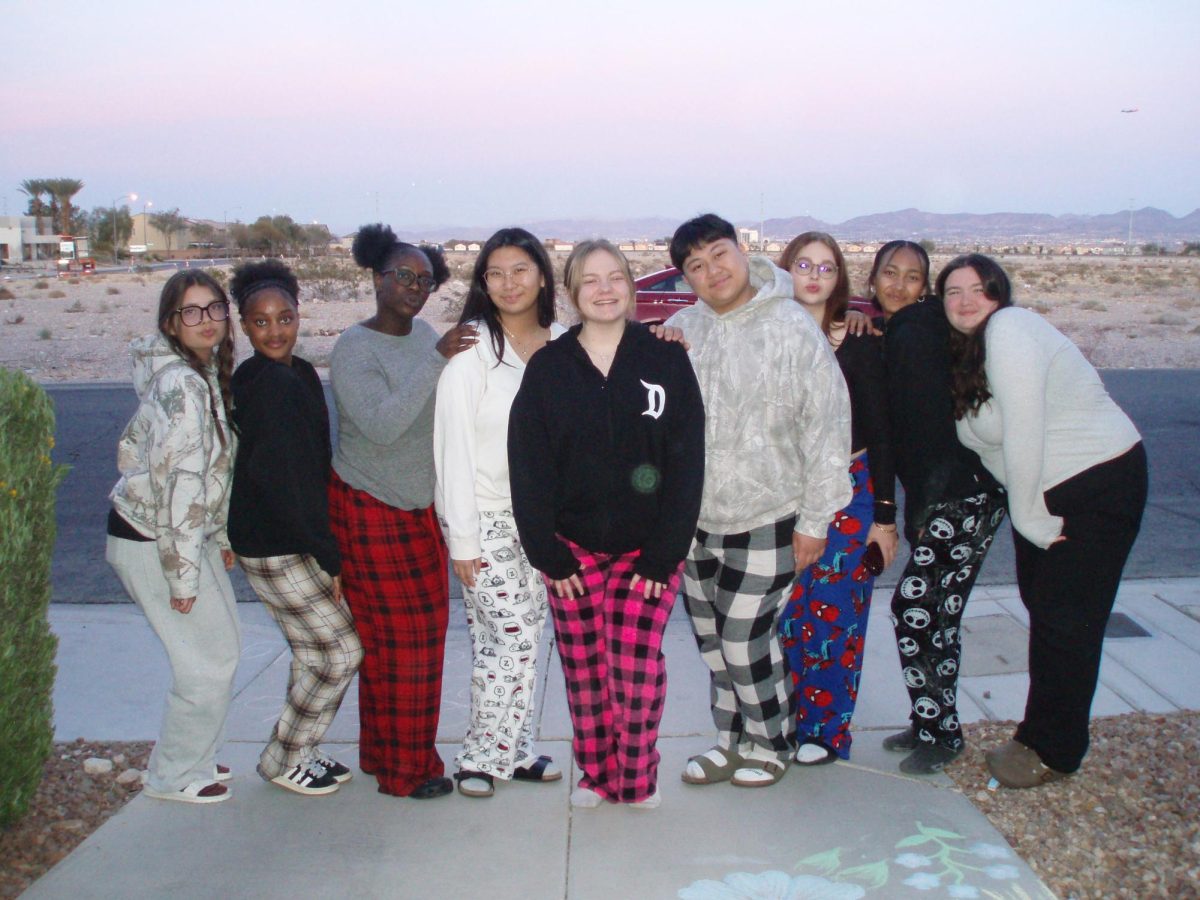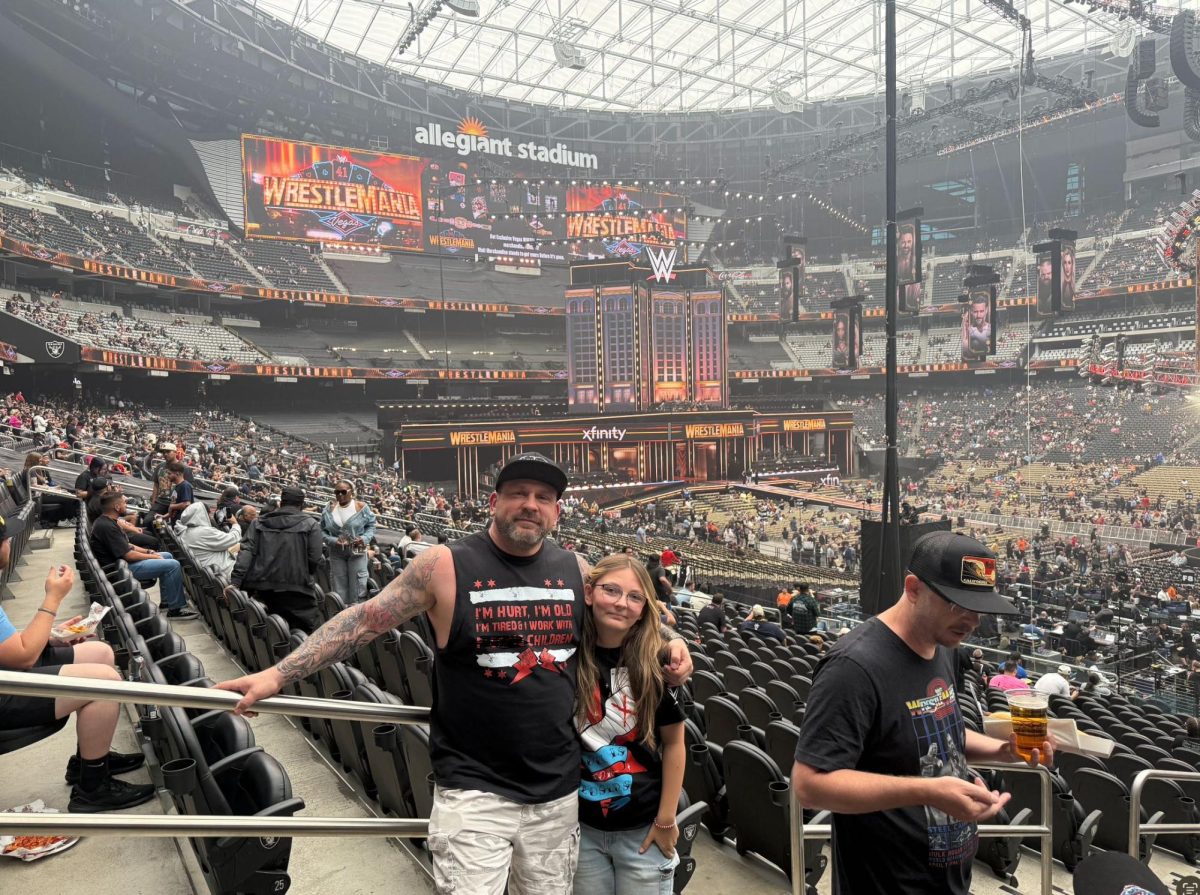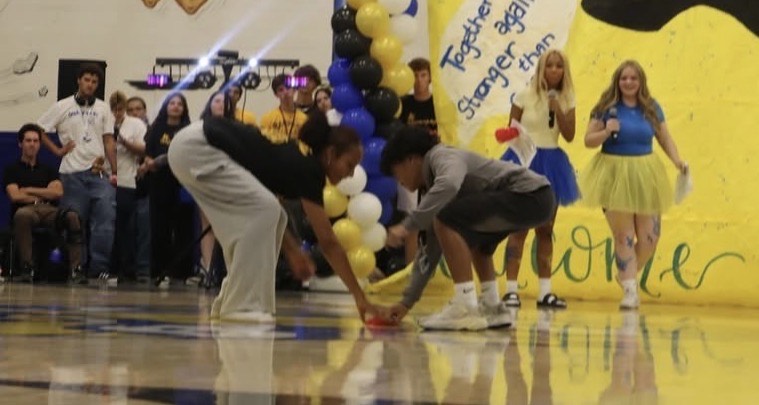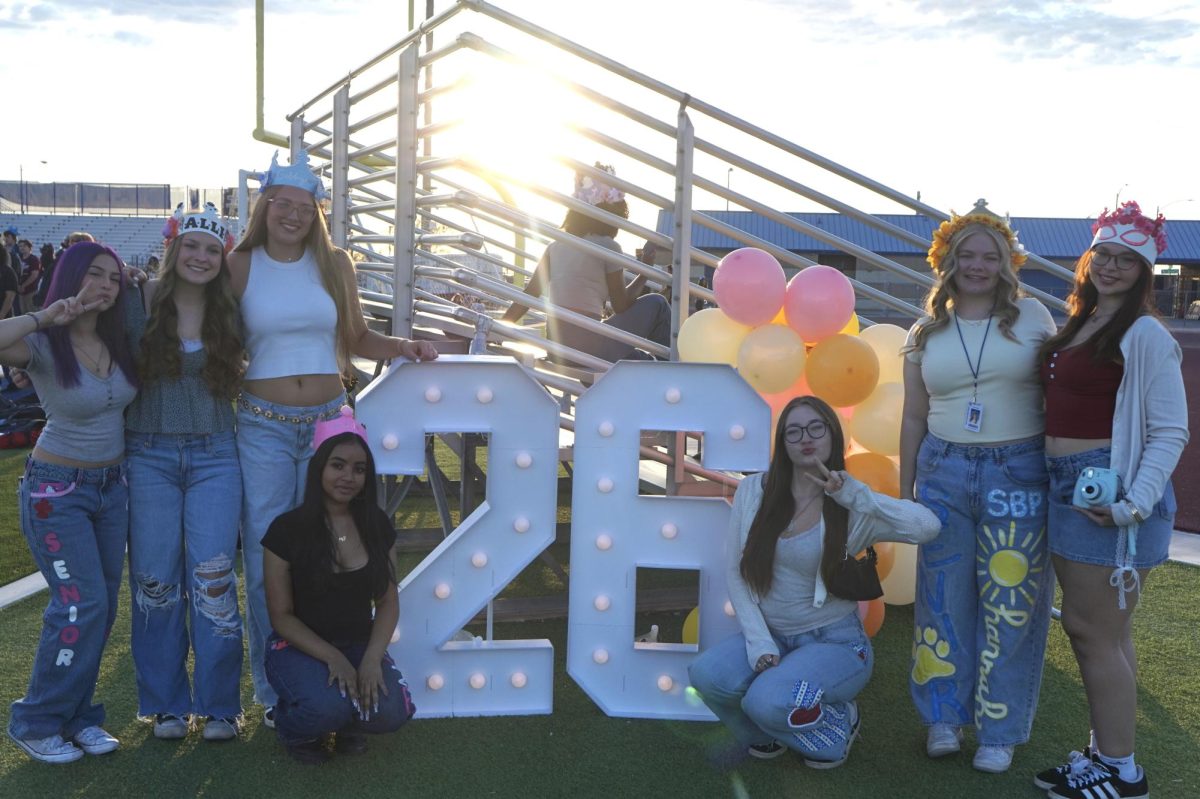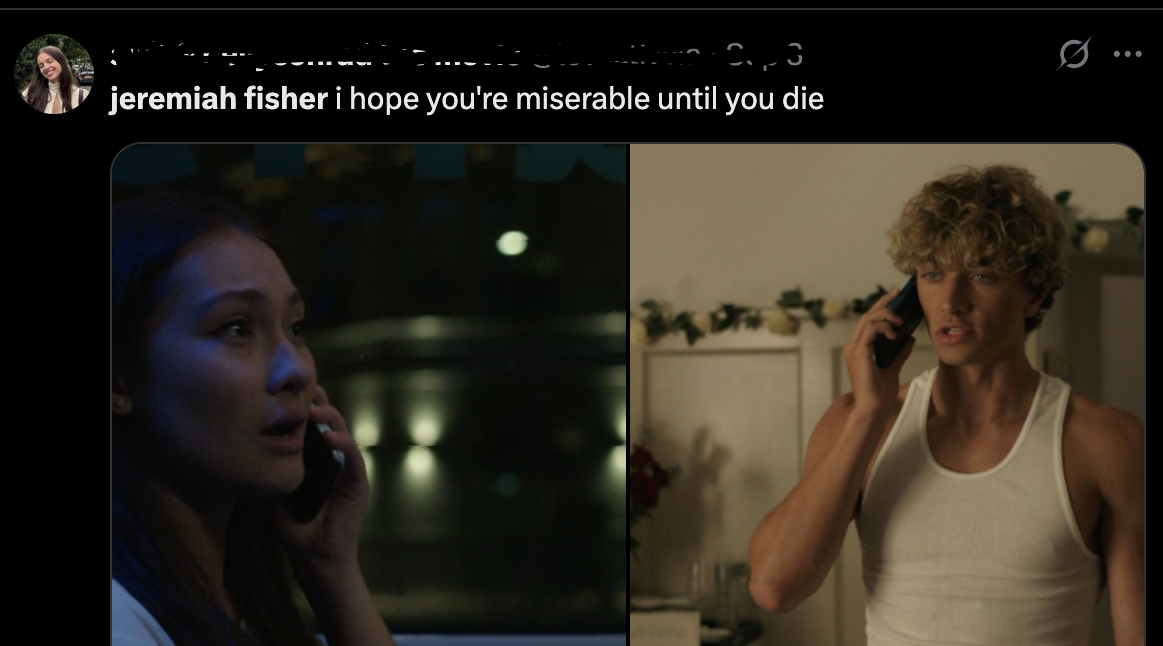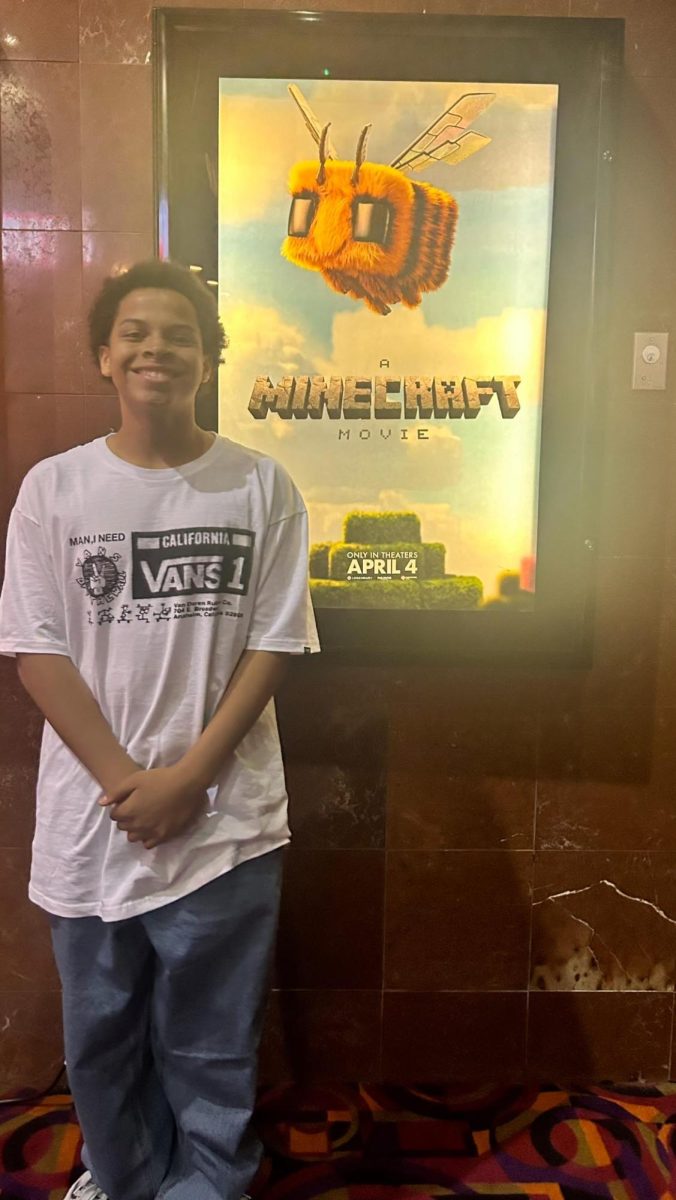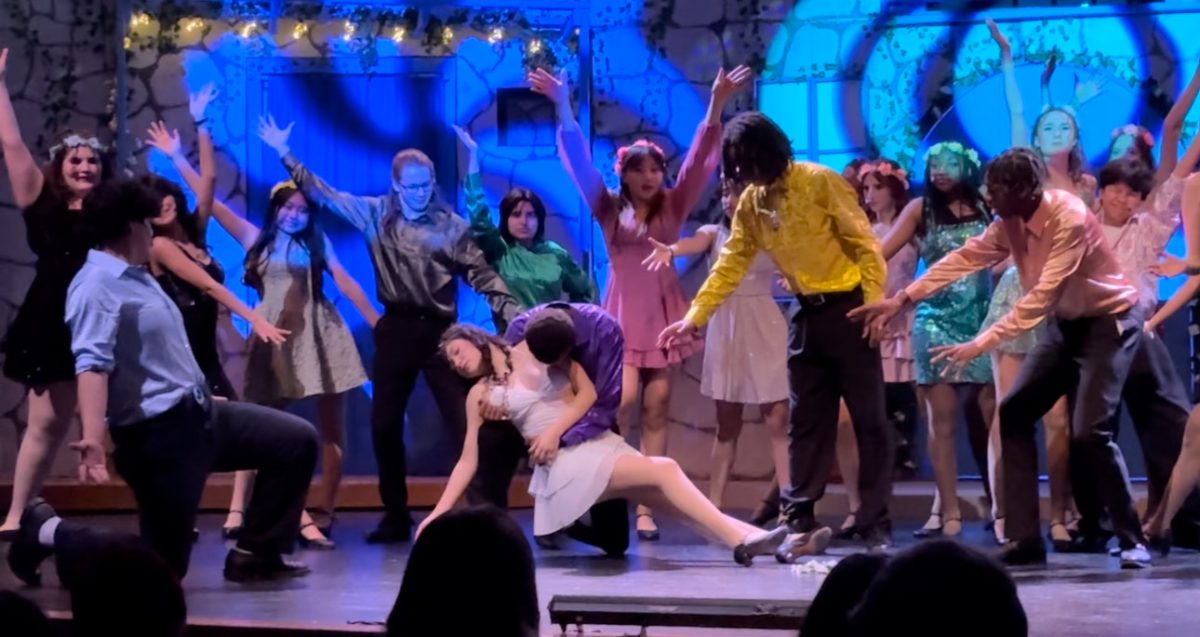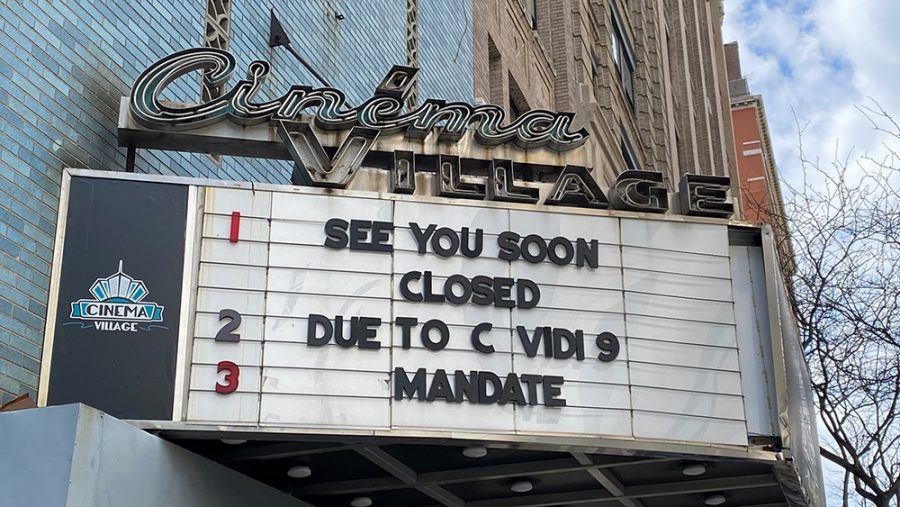Back to the Theatres
December 10, 2021
As Americans slowly cool down from its year-long COVID-19, our special treat is returning to the theaters. Movie theaters closing caused people in America to be very sad and upset. Movie theaters are a fun and enjoyable place for family and friends to hang out. COVID caused the movie theaters to close, but in June 2021, the movie theater reopened with COVID-19 protocols.
Movie theaters fall into this latter category as well. For years, the upside was limited, and risks loomed large. Theater chains could retaliate by shunting an unfaithful studio’s releases to smaller, less desirable auditoriums, or by cancelling showings altogether. And the home viewing experience could be upended by poor broadband quality, bugs in smart TVs and set-top boxes, and a myriad range of other issues out of the distributors’ control. So, while the major studios always had a wandering eye, they hardly wanted a divorce from their profitable relationship with the theaters.
The bad news for theaters is that the pandemic gave everyone a taste of life without movie theaters. The studios have spent years seeing Netflix and other upstarts prove that technology had matured enough to successfully execute over-the-top streaming distribution. Of course, Netflix had no skin in the theater game; by contrast, the major studios stood on the sidelines, afraid of killing their golden theatrical goose (but to their credit, quietly building the technology platforms to prepare for the future). With their hand forced by the pandemic, three of the majors (Disney, Warner Bros, and Universal Pictures) have announced some variation of day-and-date streaming releases for at least some of their 2021 slate.
To lean on economic expression, season premieres and finales are complementary goods to the rest of the series, not substitute goods. That there is little risk of a consumer forgoing a Disney+ subscription to only watch the season finale of The Mandalorian in a theater, to spend sixty confused minutes wondering why wise old Yoda is now puttering around like a toddler. Ultimately, seeing the episode in the theater only resonates if the viewer has already watched the rest of the series at home. And viewers can only watch the rest of the series if they subscribe to the streaming service. Ergo, unlike with standalone movies, this presents no risk of cannibalization.
The theme park divisions of Universal and Disney craftily place gift shops at the exits of rides to monetize peak emotional desire for toys in children. Theater lobbies are similarly ideally situated to drive an impulse purchase of tie-in goods. Undoubtedly, questions of revenue sharing, exclusivity, and placement must be worked out. But given the current lack of utilization of theater lobbies, the real estate to execute the idea is already available at most theaters.
The point is to turn a bilateral relationship in which studios’ theatrical distribution teams are gaining leverage over exhibitors, into a multilateral relationship in which new value is being created for the episodic content and consumer products divisions at the corporate parents of the majors. Embracing the content owners more broadly may be key to staving off a slow shift into also-ran status for theaters.
To illustrate how long “brighter and louder” has been the dominant framework for theater competition, consider that the trend during the mid-2000s for 3D films was actually the second time Hollywood embraced the technology: over 50 3D films were shot and released by the major studios of the time in the early 1950s before the added cost and lackluster audience response put the technology back on the shelf for half a century.
For years, the assumption has been that an arms race for clearer speakers, and sharper, more vivid images was the key to competing not only with other theater chains, but also with TV, VHS, Laserdisc, DVD, Blu-ray, and any other alternative distribution medium.
How has your experience back at the films changed your inclination since COVID-19 occurred? Constantine Garcia (9) reacts, “It has hurt me so much that I need to wear masks everywhere. It’s difficult to breathe and it was exceptionally exhausting without going out to see the films with loved ones.” How would you feel about the movies that came out since the cinemas returned from COVID-19? He replies with, “The movies now are significantly better than anyone might have expected.” What’s one thing you missed when the cinemas shut because of the pandemic? The kid expressed, “Making my own beverages and putting our own butter on popcorn. I miss simply doing everything all alone.”
What did you expect the new CGI’s for movies would look like? How is it different from the previous movies before movie theaters closed due to COVID-19? Hope Powell (10) responds,
“Well I didn’t think the CGI was going to be really good. Previous movies before COVID had a bit of a sloppy CGI. We could tell the CGI a lot. The new equipment these days is really good and amazing.”
